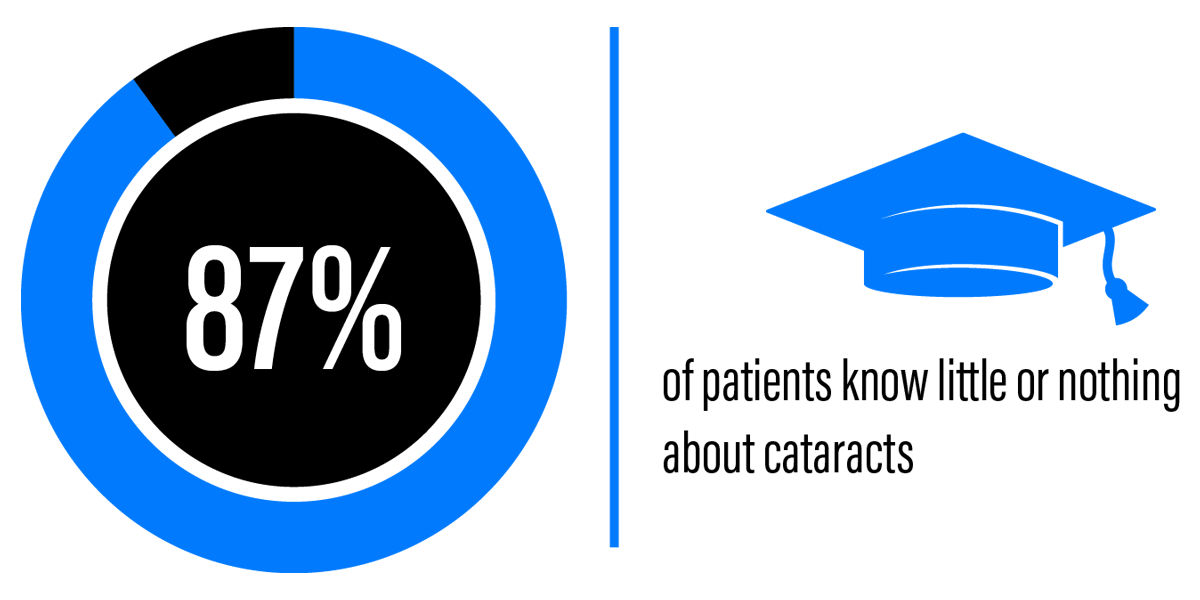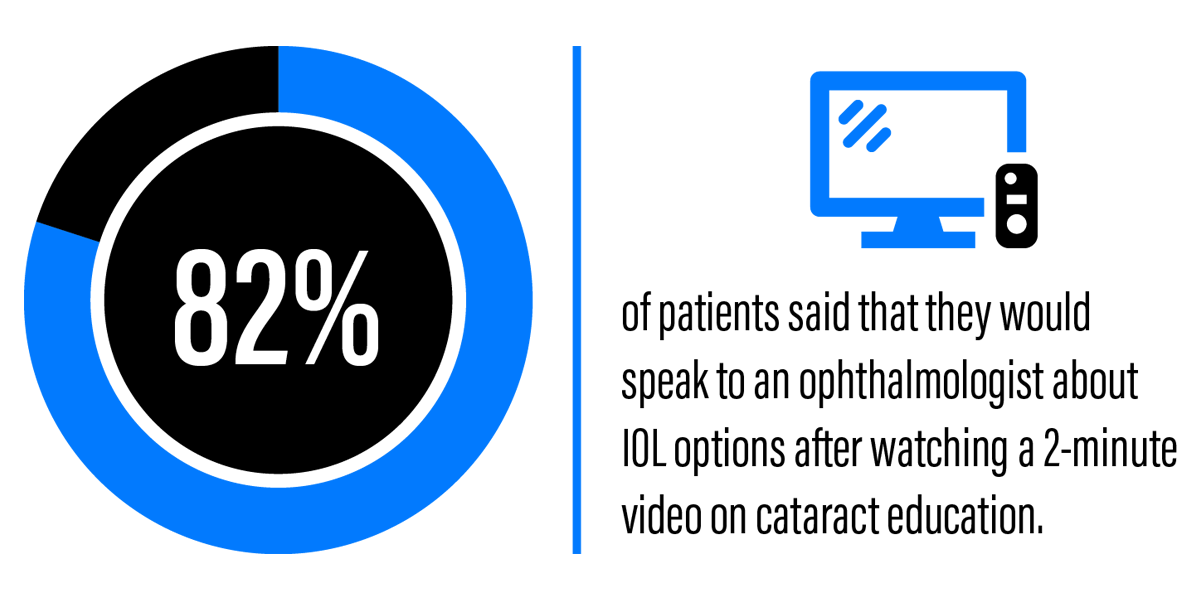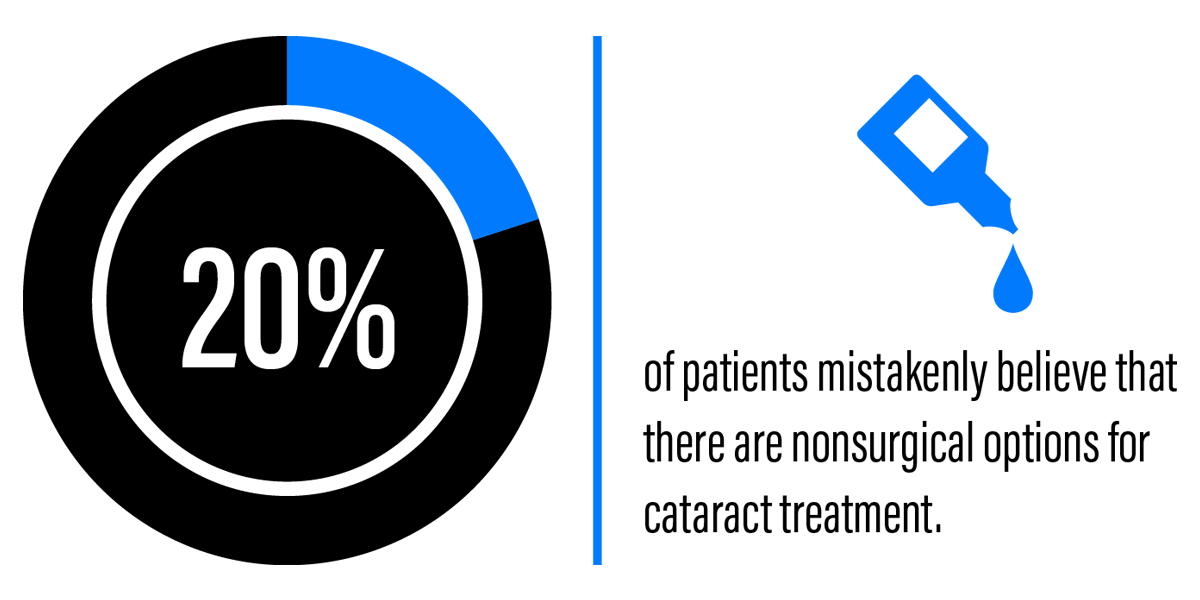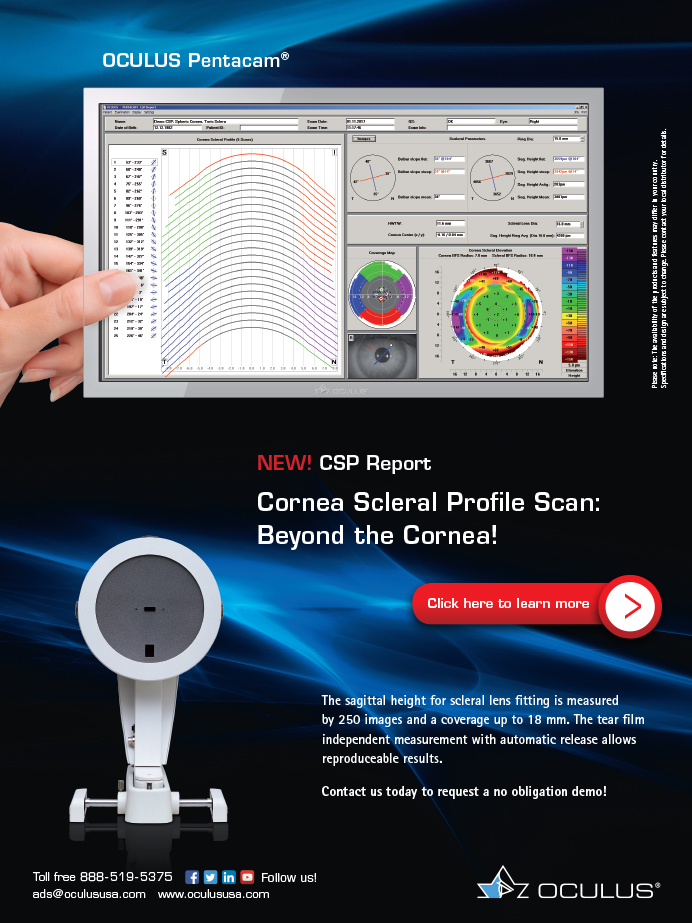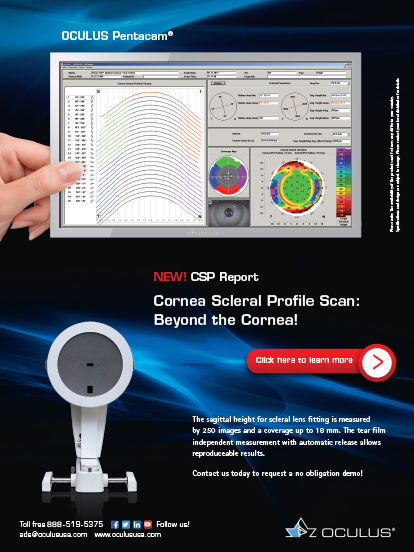CollaborativeEYE: When you first encounter a patient with a cataract, how do you explain the condition in terms that he or she can understand?
Lawrence Woodard, MD: I explain that the eye is similar to a camera. Just as a camera’s lens focuses light onto film, the eye’s lens focuses light onto the retina. When the eye’s lens becomes cloudy, it is called a cataract. Vision becomes compromised when a cataract is in place because the clouded lens prevents light from focusing sharply. I explain that the only proven treatment for cataracts is surgical removal and replacement with an artificial lens implant. This restores the eye’s ability to focus the image sharply on the retina, resulting in much better vision.
CE: What resources do you suggest to patients so that they can do their homework on cataracts?
Dr. Woodard: There are a myriad of resources available to help patients educate themselves about cataracts. The nonbranded website www.mycataracts.com, supported by Alcon, describes cataracts and explains the benefits of cataract surgery. It also educates patients about available IOL options. The website’s section on surgical planning outlines the surgical process, from the preoperative consultation to the intraoperative experience and the postoperative recovery phase. After viewing this website, patients should have a much better understanding of the entire spectrum of surgical preparation and recovery, leading to more informed patients and reducing any anxiety they may have.
My practice asks our referral network to provide patients with pamphlets that we designed to introduce patients to cataracts and to familiarize them with our practice and our doctors. The pamphlet describes the various technologies that we use and introduces our practice’s mission of utilizing the latest technologies available to improve quality of vision for our patients.
CE: What do you tell a patient to do if he or she has questions after conducting this research?
Dr. Woodard: Our front desk staff instructs all patients to review the aforementioned materials before coming to their cataract evaluation appointment. A well-informed patient will have a much better understanding of available options and tends to ask more detailed questions, thus enhancing the preoperative surgical consultation. As a result, all questions are usually answered by me or my counselors before the patient leaves my office. If he or she has additional questions after leaving the office, our surgical counselors have been trained to answer almost all questions regarding cataract surgery.
CE: What is the value of a surgeon educating a patient? In other words, why bother with cataract education in the first place?
Dr. Woodard: The establishment of a strong doctor-patient relationship is the biggest benefit. Education presents an opportunity for the surgeon to build trust with the patient, and it demonstrates the value of doctor-patient communication to the patient.
Education is a two-way street: Doctors need to ask questions as well as answer them. I find that when I learn about a patient’s daily lifestyle, I can better help him or her choose the best IOL to fit his or her visual needs. The surgeon also has an opportunity to learn more about the patient’s personality during a consultation, which may be helpful in determining whether he or she is a good candidate for certain procedures or IOL options.




